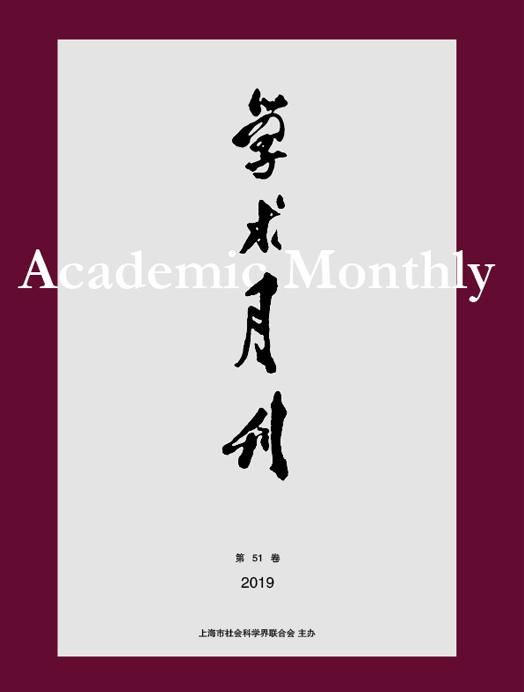The China’s Path to State Transformation: A Comparative Historical Analysis
Abstract: The process of state’s transformation in pursuit of prosperity and power has lasted for over one hundred years in China,but the goal to be a great power has not been reached until the Chinese Communist Party came to power since 1949.Through comparative studies around three interfering variables,the proper extent of political structure,paths of political development,and who dominated power distribution,this paper attempts to historically analyze various consequences of political modernization and account for why strong state arises under the leadership of the CCp.Prior to the emergence of strong state,spanning from the Late Qing to Nanjing’s Nationalist government,the state’s transformation had ended in the failure in the conditions which the three variables combined in various ways.By social revolution,the CCP had succeeded in the new democratic revolution and established the people’s democratic dictatorship so that they have laid the foundation of political bases for social stability and economic growth during the reform and opening.Since embarking on the Reform and Opening,the project of state transformation has consolidated the CCP’s full leadership,improved the center-local and state-society relationships,and bettered off the political structure.As a result,the level of state capacity has been obviously increased.The experience developing from weak state to strong state testified the inapplicability of the West Model of modernization and therefore provides an alternative for the countries of the Third World.



 沪公网安备 31010102003103号
沪公网安备 31010102003103号 DownLoad:
DownLoad: